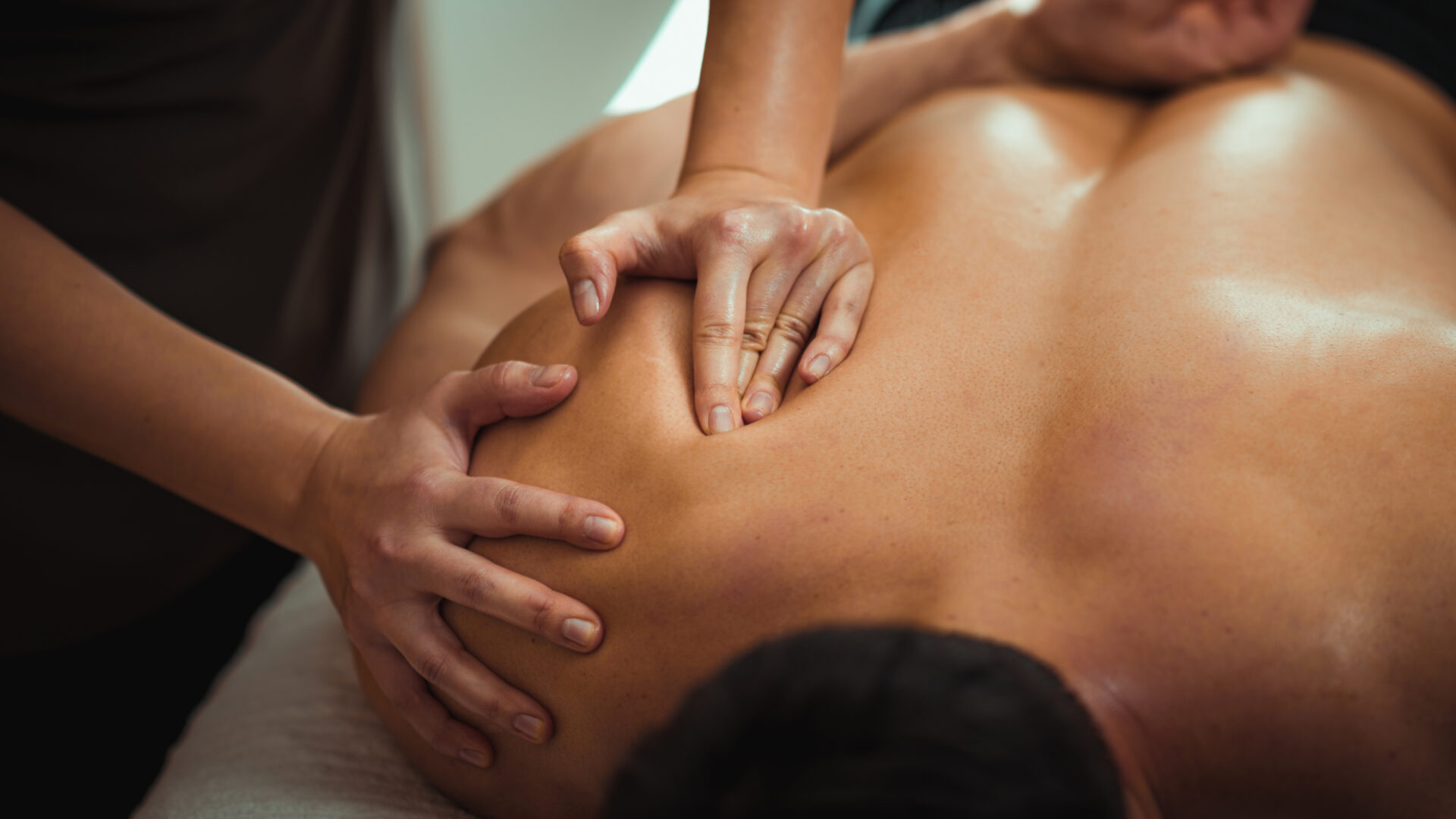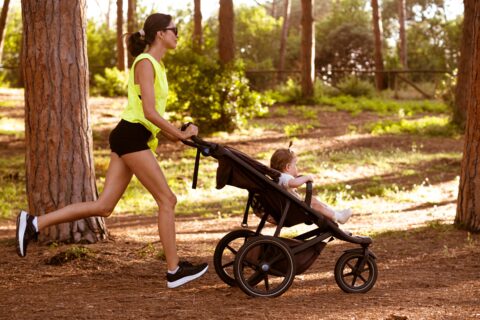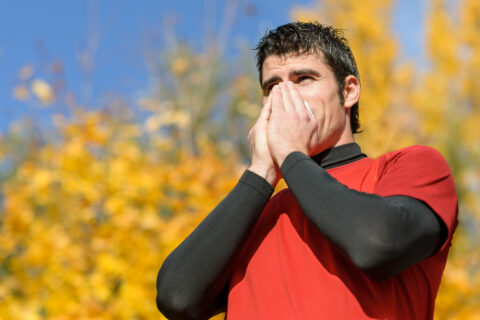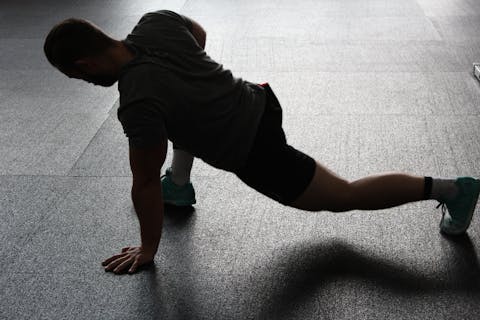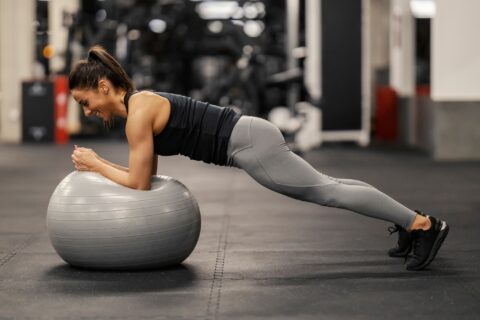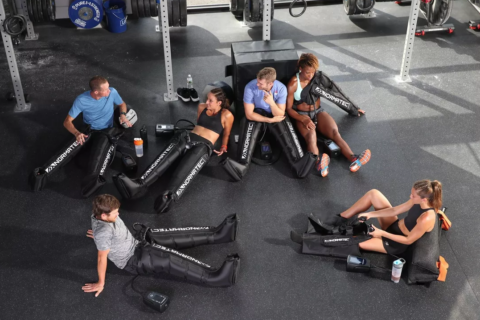There’s more to recovery and injury prevention than just getting a massage. We’ve got the lowdown on several types of manual therapy so you can better understand the pros and cons of each.
There’s more to recovery and injury prevention than just getting a massage. We’ve got the lowdown on several types of manual therapy so you can better understand the pros and cons of each.
